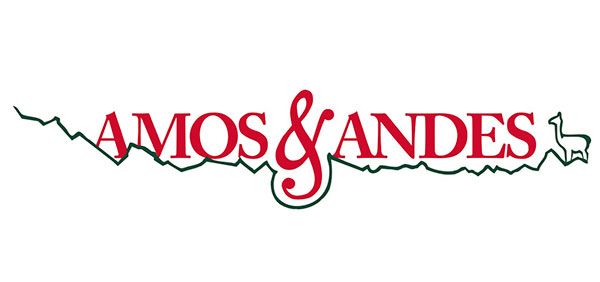This article is part of a presentation I made last week at the PDAC 2016 convention titled “Retooling Strategies – Get the most out of your Capital”. This deeper thinking focuses on the Procurement contract formation process. The intent is to help “Sharpen the Saw” which is the 7th Habit from Stephen Covey’s the 7 Habits of Highly Effective People.
“We’ll worry about the details later” is not something Stephen Covey or any effective person would say. My skin crawls any time I hear someone say this, which often means we are misaligned in what we just agreed to and or someone just doesn’t want to do the work of sorting through the details. Given that we have some breathing room to sharpen our saws, the details are exactly what we need address.
A client recently asked us to evaluate a project to optimize their conveyor belting system. Our review started with their Request for Proposal (RFP) that was going out to the marketplace to design and build a better structure. I was encouraged that this client was wise enough to hire an independent third party to improve their process and to manage a better outcome for their initiative.
This client’s project was undertaken to maximize throughput to the concentrator by replacing the old conveyor circuit with a more efficient system. After reviewing all of the documents, it was evident that the client failed to quantify the maximum capacity of the concentrator in the scope document. The client also forgot to note the throughput capacity of the different crushers that led to the concentrator. The client similarly neglected to specify the current throughput of the conveyor system they planned to replace.
Getting better at detailed scope writing will deliver the greatest benefits.
- Get better at detailed scope writing
- Review documents for context, purpose, outcome, resources, and timing
- Analyze scoring models to focus on needs
- Include schedules in the RFP, evaluation, and contract documents
- Practice sharing – check document completeness by using “fresh eyes”
In the example above, the scope was not defined. There was no way for the client to measure success and another small mining disaster was being built.
Reviewing the RFP details is important to make sure the story is explained well to the tenderer. They need to clearly understand what the scope is meant to accomplish, the rules of engagement, as well as the details of the scope to deliver accurate tender proposals. Explaining a story well takes work and focus on detail.
We know that agreeing to a scoring model before the RFP is sent to the market is critical, but how often is the model analyzed to determine if the tenderer’s proposal will meet the needs of the project. In a previous blog post, TENDERING: BE CAREFUL WHAT YOU ASK FOR, we explored this point of weighting attributes and analyzing what is important to the project outcome.
Including the schedule in the scope will fuse the backbone of the project so that the related project activities hang off it. If we can’t get a high-level schedule in to the scope document, the tenderer can’t deliver a detailed schedule in their proposal, and we can’t get a baseline schedule set in the contract; how are we expected to get a detailed schedule when the project starts?
Recently we shared a contract with a team of 6 people, including two executives, for 4 hours (24 work hours total) going through a page-turn of an entire 200 page contract. The collective view from five sets of new eyes was trans formative. Everyone finished with a much better appreciation of what was being contracted than when we started. Pouring over the details in this manner facilitated the corrections in making a much better contract and a better informed management team.
Worry about the details now while we have time. Practice working on the details and you will have a sharper saw when you are ready to cut.
Written by John F. Gravel





